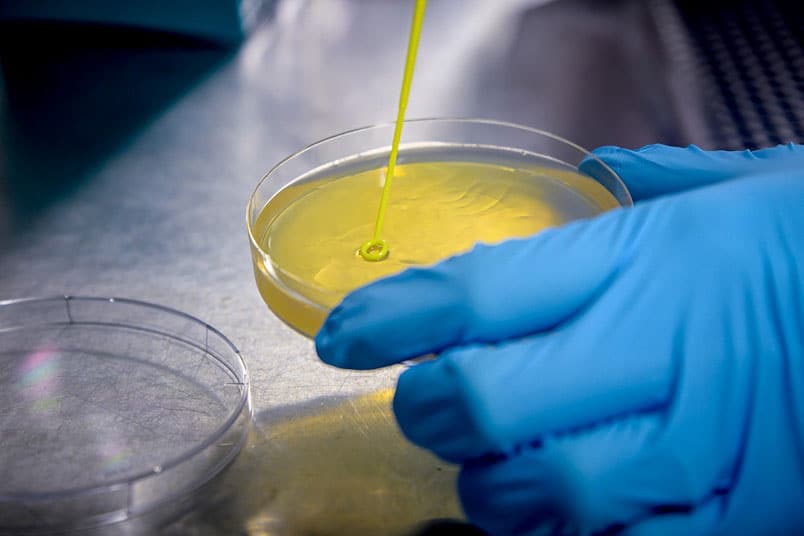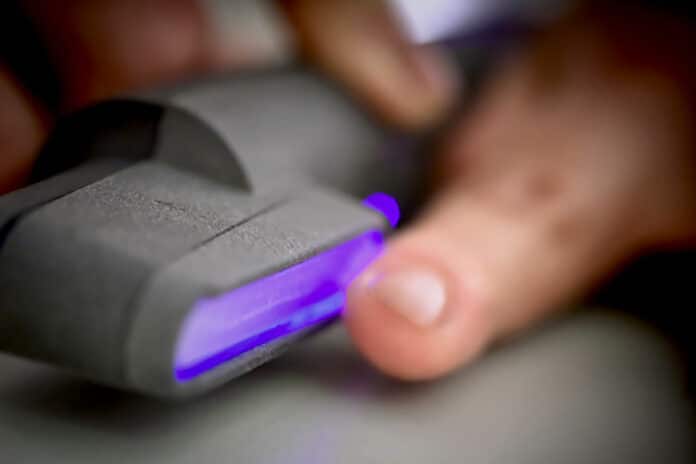Plasma is the fourth state of matter. An extremely low temperature characterizes thermal and non-thermal, i.e., cold plasma. Cold plasma is approximately the same as our body temperature, i.e., just over 30 degrees Celsius, and is therefore not harmful to the skin.
Dr. Friederike Kogelheide, from the Chair of Applied Electrodynamics and Plasma Technology at Ruhr University Bochum, conducted extensive research into the influence of cold plasma on human skin cells. She was more keen to determine the antimicrobial effect of cold plasma.
She found that cold plasma has an antimicrobial and anti-inflammatory effect. Fine purple gas discharges in the lab’s darkness flicker like millions of tiny flashes. The discharges originate within a plasma reactor measuring 12 by 12 centimeters. A multitude of fresh flashes are continuously generated, and each one lasts for only a few microseconds.
Kogelheide explained, “Studies have already shown that molecules produced by plasma, such as nitric oxide, can accelerate wound healing. The beneficial effect of cold plasma is also attributed to the ozone concentration and UV radiation in the plasma. Another advantage of cold plasma is that it corresponds to our body temperature and can be applied to human skin painlessly and without physical contact. This is why plasma research is regarded as highly promising.”
Spores were used in experiments by Kogelheide’s multidisciplinary research team in Bochum to investigate the antibacterial effect of cold plasma. Their primary focus was examining how plasma affected so-called Bacillus subtilis spores. These bacteria are well known to be incredibly resilient; they can even endure in permafrost. As a result, they are regarded as the gold standard in sterilization studies.

Scientists wanted to reduce and completely eradicate the spores using cold plasma specifically. They proceeded step by step.
Kogelheide said, “Our main focus was on the biological substances and components produced by the cold plasma, such as UV radiation, ozone concentration, and nitric oxide. How much of these substances does our plasma produce? Do the spores continue to grow after being treated with plasma? What dose is required to destroy the spores? And which part does the ozone play in these processes?”
Scientists repeatedly checked and changed the composition of the gas mixture, the treatment time, and the intensity. Measurements were taken using emission and absorption spectroscopy.
The findings indicate that the spores were inactivated by the interaction of ozone, UV light, and nitric oxide rather than by any one of the constituent parts alone.
Kogelheide said, “On their own, the individual components had much less effect. This is because the substances form a synergy. Another interesting discovery was that a natural humidity of around 45 percent relative humidity promoted inactivation.”
Through the study, scientists proved that cold plasma has an antimicrobial effect. They also confirmed that plasma produces nitric oxide, which can help seal wounds.
